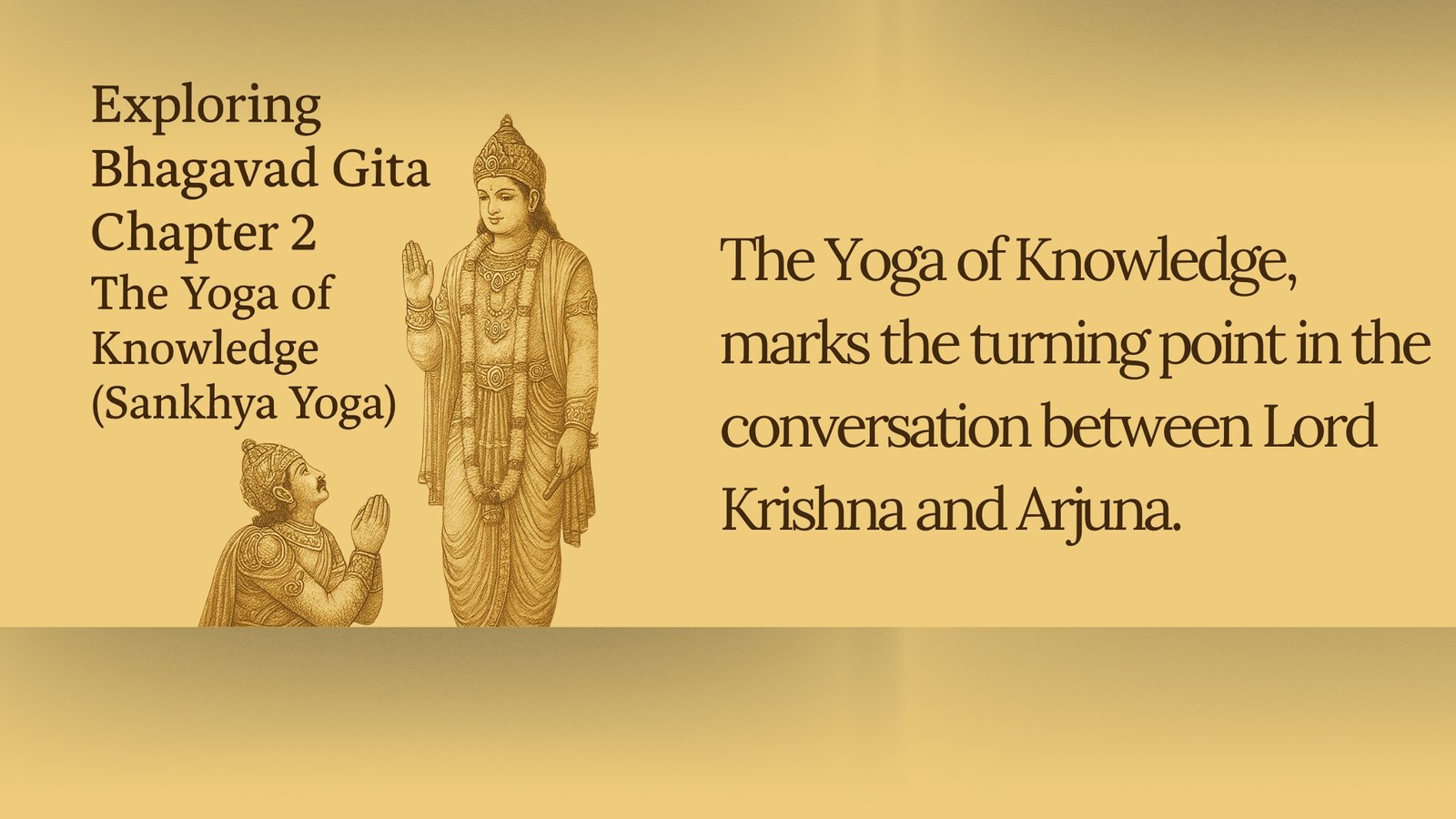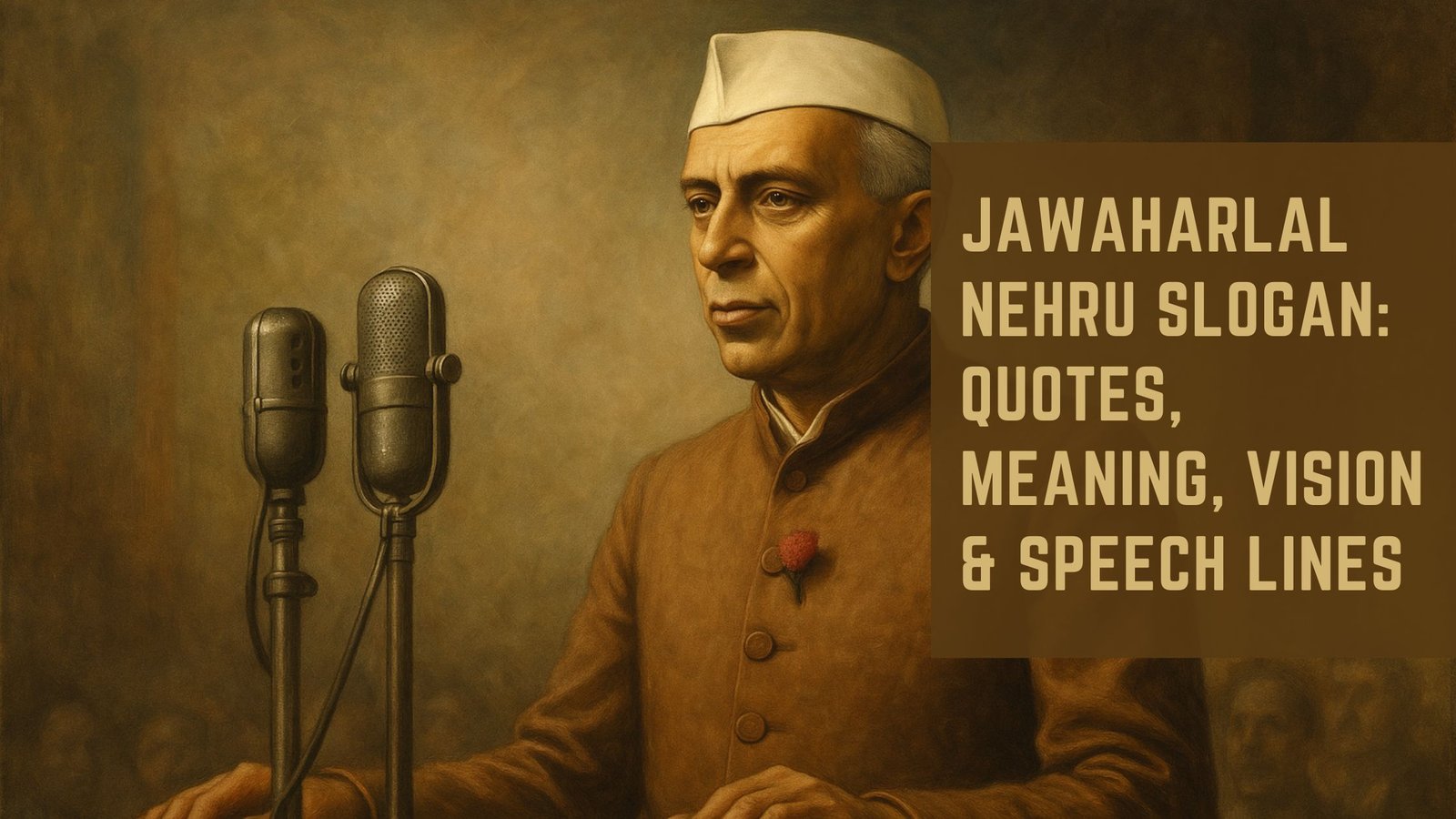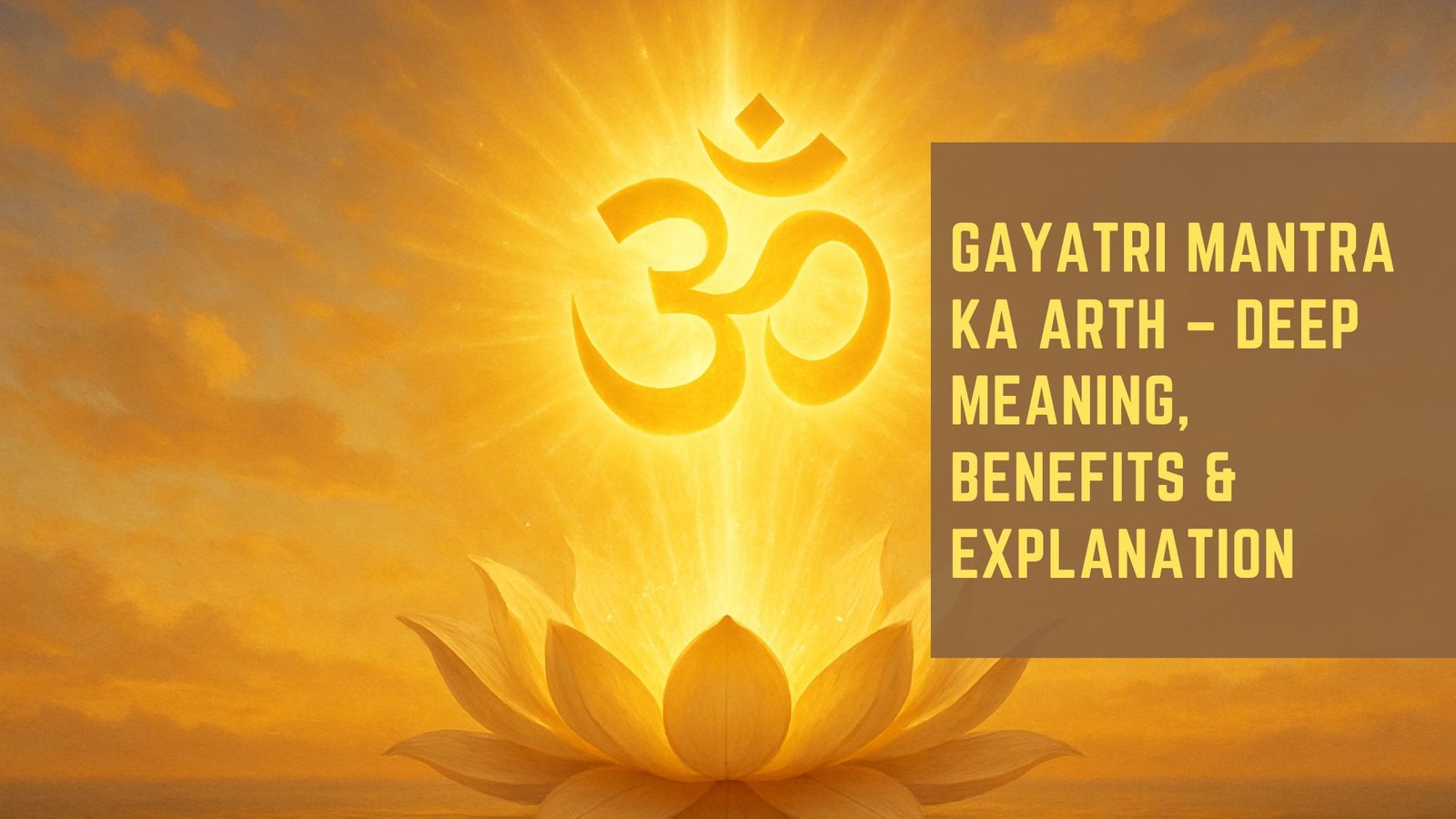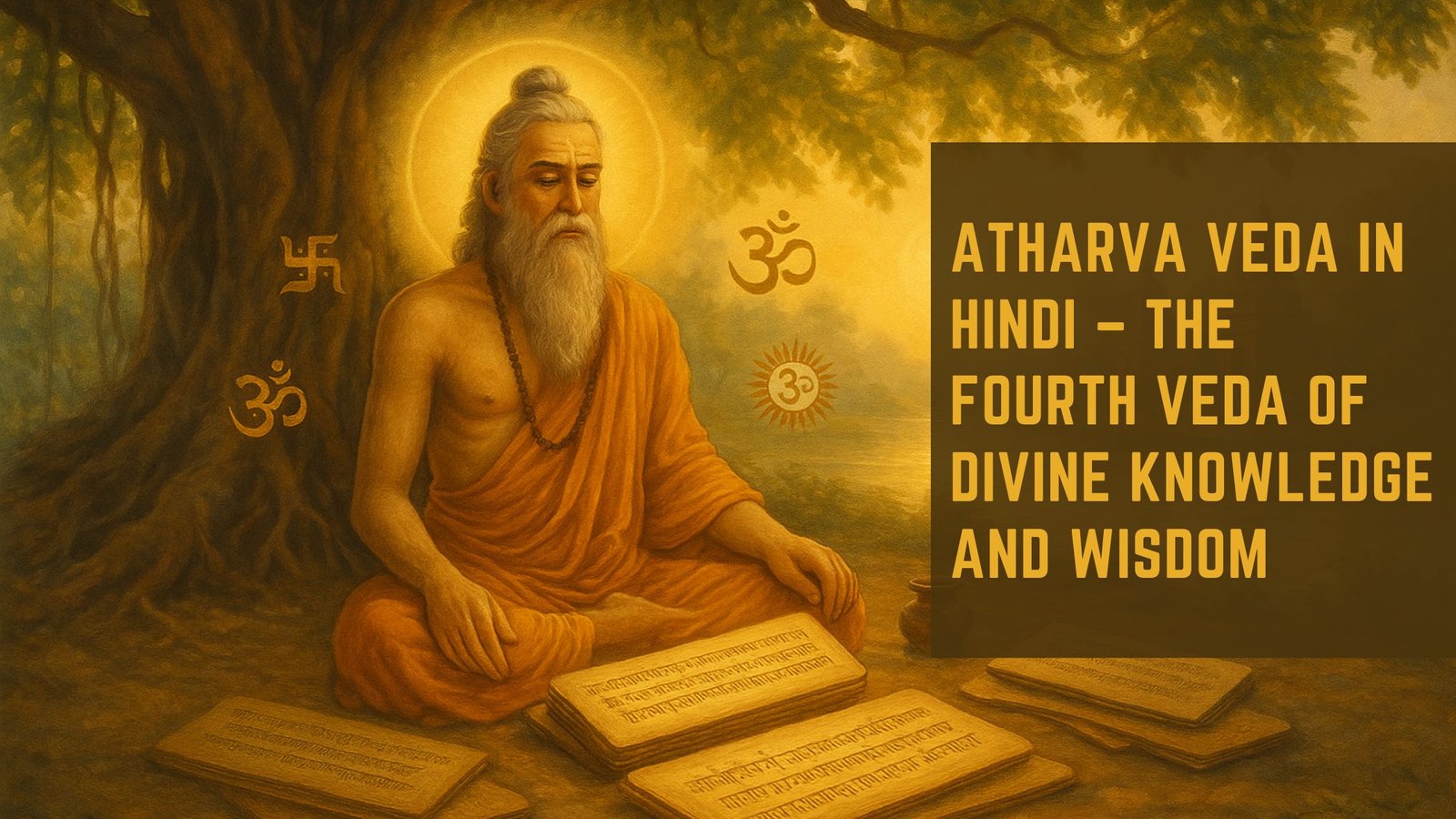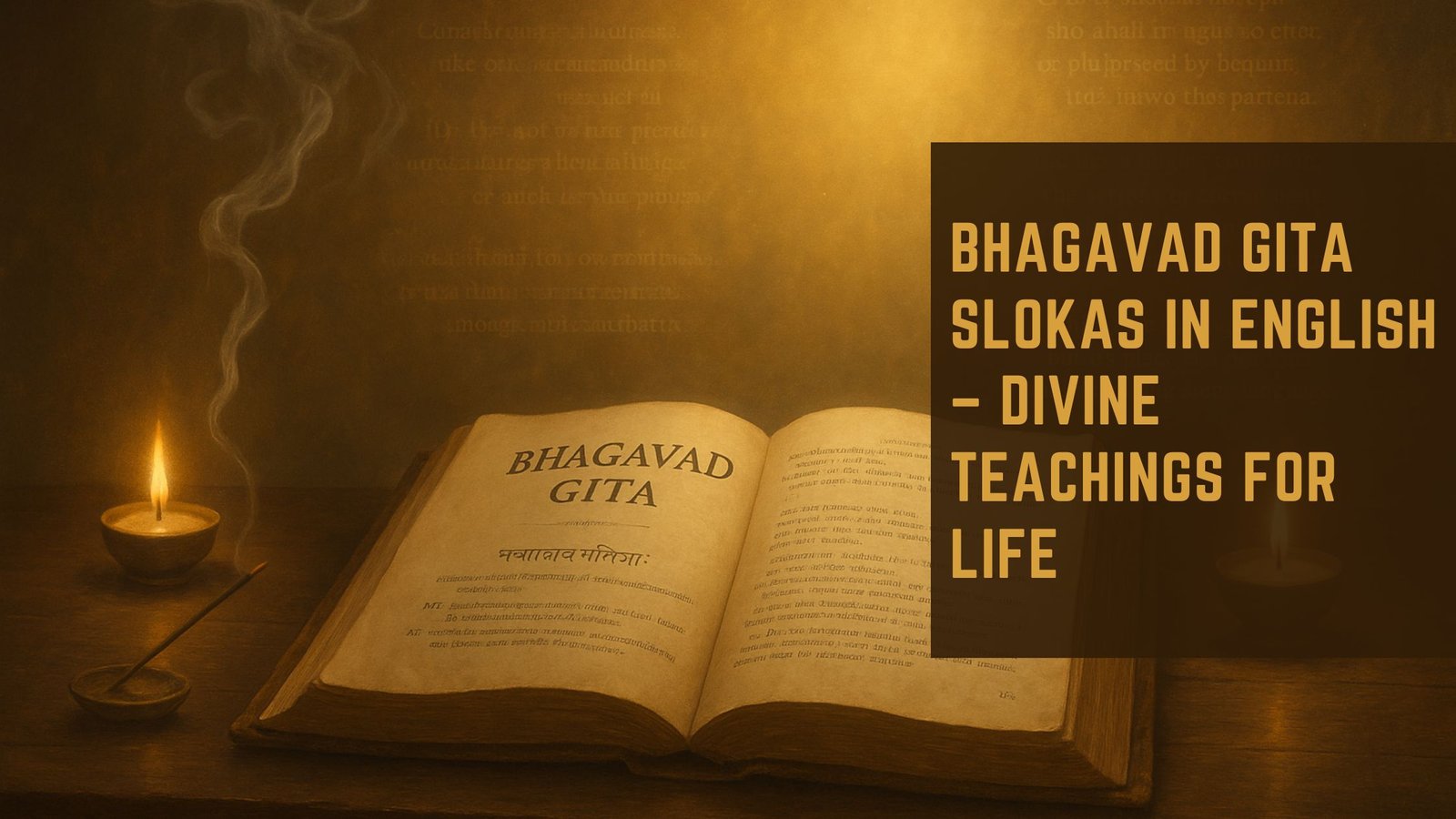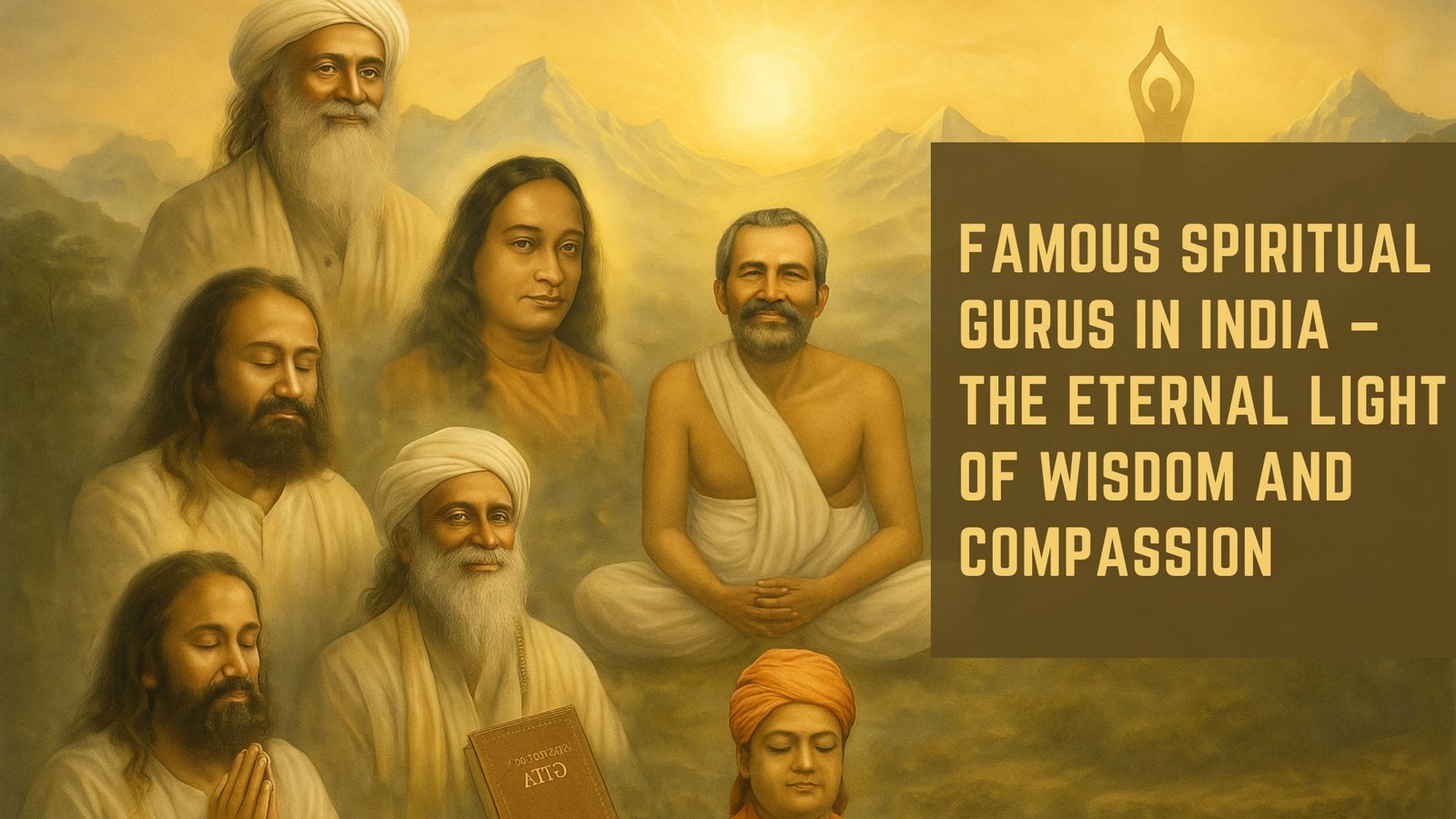The Bhagavad Gita, often referred to simply as the Gita, stands as one of the most revered texts in Hindu philosophy and spirituality. This ancient scripture, composed in the form of a dialogue between Prince Arjuna and Lord Krishna, serves as a profound exploration of duty, righteousness, and the nature of existence. The Gita is not merely a religious text; it transcends cultural and temporal boundaries, offering insights that resonate with individuals seeking meaning and purpose in their lives.
Its teachings delve into the complexities of human emotions, ethical dilemmas, and the quest for self-realization, making it a timeless guide for seekers of truth. As a part of the Indian epic Mahabharata, the Gita occupies a unique position within the vast tapestry of Hindu literature. It encapsulates the essence of various philosophical schools, including Vedanta, Sankhya, and Yoga, presenting a synthesis that appeals to both the intellect and the spirit.
The dialogue unfolds on the battlefield of Kurukshetra, where Arjuna grapples with his moral quandaries about fighting in a war against his own kin. This setting serves as a metaphor for the inner conflicts faced by individuals in their pursuit of dharma, or righteous duty. The Gita’s teachings encourage readers to confront their own dilemmas and to seek clarity amidst chaos.
Key Takeaways
- The Bhagavad Gita is a sacred Hindu scripture that is part of the Indian epic, the Mahabharata, and is considered a spiritual and philosophical classic.
- The Bhagavad Gita is believed to have been written between the 5th and 2nd century BCE and is attributed to the sage Vyasa.
- The Bhagavad Gita consists of 700 verses and is structured as a dialogue between Prince Arjuna and the god Krishna, who serves as his charioteer.
- The Bhagavad Gita addresses key teachings such as the concept of dharma (duty/righteousness), the nature of the self (atman), and the paths to spiritual liberation (moksha).
- The Bhagavad Gita remains relevant in modern times as it offers guidance on how to navigate life’s challenges, find inner peace, and achieve self-realization.
The Origin and History of the Bhagavad Gita
The Historical Context of the Bhagavad Gita
The text reflects the socio-political landscape of its time, addressing issues of morality, governance, and the human condition. It emerged during a period of significant philosophical development in India, synthesizing various strands of thought prevalent in Vedic literature and Upanishadic philosophy.
As such, it marks a pivotal moment in Indian philosophy, where spirituality began to intertwine with practical ethics.
Interpretations and Legacy of the Bhagavad Gita
Over centuries, the Gita has been interpreted through various lenses, leading to diverse commentaries that enrich its understanding and application. Its influence can be seen in many aspects of Indian thought and culture, and it continues to be a source of inspiration and guidance for millions of people around the world.
The Structure and Content of the Bhagavad Gita

The Bhagavad Gita consists of 700 verses divided into 18 chapters, each addressing different aspects of life and spirituality. The structure is designed to facilitate a gradual unfolding of ideas, beginning with Arjuna’s moral crisis and culminating in profound philosophical revelations. Each chapter presents a unique theme, ranging from the nature of the self to the importance of devotion and surrender to God.
This organization allows readers to engage with complex concepts in a digestible manner. The content of the Gita is rich and multifaceted, encompassing various paths to spiritual realization. It introduces key concepts such as karma (action), jnana (knowledge), and bhakti (devotion), illustrating how these elements interconnect in the pursuit of enlightenment.
The dialogue format enhances its accessibility, as Krishna imparts wisdom in response to Arjuna’s questions and doubts. This conversational approach not only makes philosophical ideas relatable but also invites readers to reflect on their own lives and choices. For more information on the Bhagavad Gita, you can visit the Bhagavad Gita website.
Key Teachings and Philosophical Concepts in the Bhagavad Gita
| Concept | Description |
|---|---|
| Karma Yoga | The path of selfless action, emphasizing the importance of performing one’s duty without attachment to the results. |
| Bhakti Yoga | The path of devotion, advocating the practice of love and devotion to a personal god as a means to spiritual realization. |
| Jnana Yoga | The path of knowledge, focusing on the pursuit of self-realization and understanding the true nature of the self. |
| Dharma | The concept of duty and righteousness, emphasizing the importance of fulfilling one’s responsibilities and obligations in life. |
| Selflessness | The teaching of acting without attachment to the fruits of one’s actions, emphasizing the importance of performing one’s duty without selfish motives. |
At the heart of the Bhagavad Gita lies a series of profound teachings that address fundamental questions about existence and morality. One of its central tenets is the concept of dharma, or righteous duty. Krishna emphasizes that individuals must act according to their responsibilities without attachment to the outcomes of their actions.
This principle encourages a sense of duty that transcends personal desires, fostering a mindset focused on service and contribution to society. Another significant teaching is the idea of self-realization through detachment. The Gita advocates for performing one’s duties while remaining unattached to success or failure.
This notion aligns with the philosophy of karma yoga, which promotes selfless action as a means to attain spiritual liberation. By cultivating detachment from material outcomes, individuals can achieve inner peace and clarity, ultimately leading them toward self-discovery and enlightenment.
The Relevance of the Bhagavad Gita in Modern Times
In contemporary society, where individuals often grapple with stress, anxiety, and moral ambiguity, the teachings of the Bhagavad Gita remain remarkably relevant. Its insights into human psychology and ethical dilemmas resonate with those navigating complex personal and professional landscapes. The Gita’s emphasis on mindfulness and self-awareness encourages individuals to cultivate resilience in the face of challenges, fostering a sense of purpose amidst uncertainty.
Moreover, as globalization continues to blur cultural boundaries, the Gita’s universal themes appeal to diverse audiences worldwide. Its teachings on compassion, duty, and selflessness transcend religious affiliations, offering guidance for anyone seeking personal growth or spiritual fulfillment. In an age marked by rapid change and disconnection, the Gita serves as a beacon of wisdom that encourages individuals to reconnect with their inner selves and embrace their responsibilities toward others.
The Influence of the Bhagavad Gita on Eastern and Western Thought

Eastern Philosophical Traditions
In Eastern thought, the Gita has played a pivotal role in shaping various schools of Hinduism and Buddhism, inspiring countless spiritual leaders and practitioners over the centuries. Its teachings on meditation, self-discipline, and ethical living have become foundational principles in many Eastern philosophies.
Western Philosophical Traditions
In Western thought, the Gita has garnered attention from philosophers, writers, and thinkers who have drawn parallels between its teachings and various existentialist and humanistic philosophies. Figures such as Ralph Waldo Emerson and Aldous Huxley have acknowledged its profound insights into human nature and morality.
A Timeless Relevance
The Gita’s exploration of selfhood has resonated with Western audiences seeking answers to questions about identity and purpose in an increasingly fragmented world.
The Bhagavad Gita as a Practical Guide to Spiritual Growth and Self-Realization
The Bhagavad Gita serves not only as a philosophical treatise but also as a practical guide for spiritual growth and self-realization. Its teachings encourage individuals to embark on a journey of introspection and self-discovery. By applying its principles in daily life—such as practicing mindfulness, engaging in selfless service, and cultivating devotion—individuals can navigate their spiritual paths with greater clarity and purpose.
The text emphasizes that spiritual growth is not confined to renunciation or asceticism; rather, it can be achieved through active engagement in one’s duties while maintaining an inner sense of detachment. This approach empowers individuals to find meaning in their everyday actions while fostering a deeper connection with their true selves. By integrating the wisdom of the Gita into their lives, individuals can cultivate resilience, compassion, and a profound sense of fulfillment.
Embracing the Eternal Wisdom of the Bhagavad Gita
In conclusion, the Bhagavad Gita stands as an enduring testament to humanity’s quest for understanding and meaning. Its teachings transcend time and culture, offering profound insights into duty, ethics, and self-realization that remain relevant in today’s world. As individuals navigate their own battles—be they internal or external—the wisdom contained within this sacred text provides guidance for making choices aligned with one’s higher purpose.
Embracing the eternal wisdom of the Bhagavad Gita invites individuals to embark on a transformative journey toward self-discovery and spiritual growth. By reflecting on its teachings and applying them in daily life, one can cultivate a deeper understanding of oneself and one’s place in the universe. Ultimately, the Gita serves as a reminder that amidst life’s complexities, there exists a path toward clarity, compassion, and fulfillment—a path illuminated by timeless wisdom that continues to inspire generations across cultures and epochs.
This article delves into the profound teachings of the ancient text and offers insights into how they can be applied to our modern lives. You can read more about it here.
FAQs
What is the Bhagavad Gita?
The Bhagavad Gita is a 700-verse Hindu scripture that is part of the Indian epic Mahabharata. It is a sacred text of the Hindu religion and is considered one of the most important spiritual classics.
What is the significance of the Bhagavad Gita?
The Bhagavad Gita is revered for its philosophical and spiritual teachings. It addresses the moral and ethical dilemmas faced by individuals and provides guidance on how to live a righteous life.
Who is the author of the Bhagavad Gita?
The authorship of the Bhagavad Gita is traditionally ascribed to the sage Vyasa, who is also credited with composing the Mahabharata.
What are the main themes of the Bhagavad Gita?
The Bhagavad Gita addresses various themes including duty (dharma), righteousness, the nature of the self (atman), the concept of karma, and the path to spiritual liberation (moksha).
What is the structure of the Bhagavad Gita?
The Bhagavad Gita is structured as a conversation between the prince Arjuna and the god Krishna, who serves as his charioteer. The dialogue takes place on the battlefield of Kurukshetra, just before the start of a great war.
How is the Bhagavad Gita relevant today?
The teachings of the Bhagavad Gita continue to be relevant today as they offer timeless wisdom on how to navigate the complexities of life, make ethical choices, and attain spiritual fulfillment. Many people around the world study and draw inspiration from its teachings.

